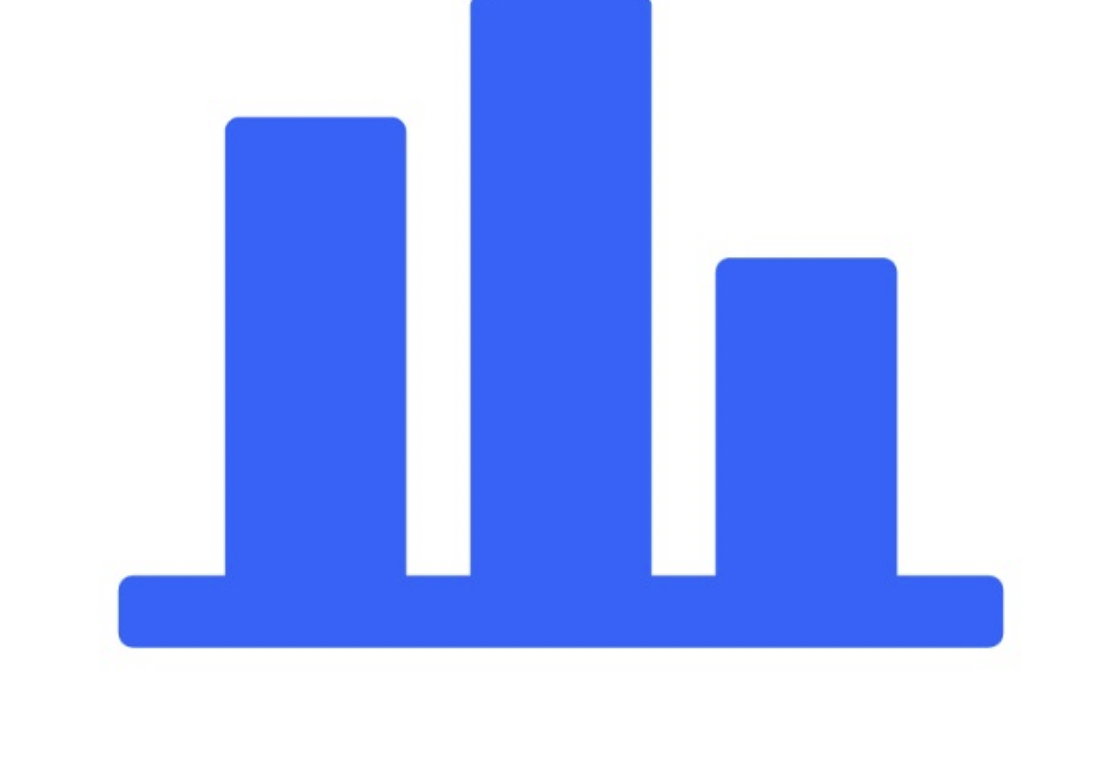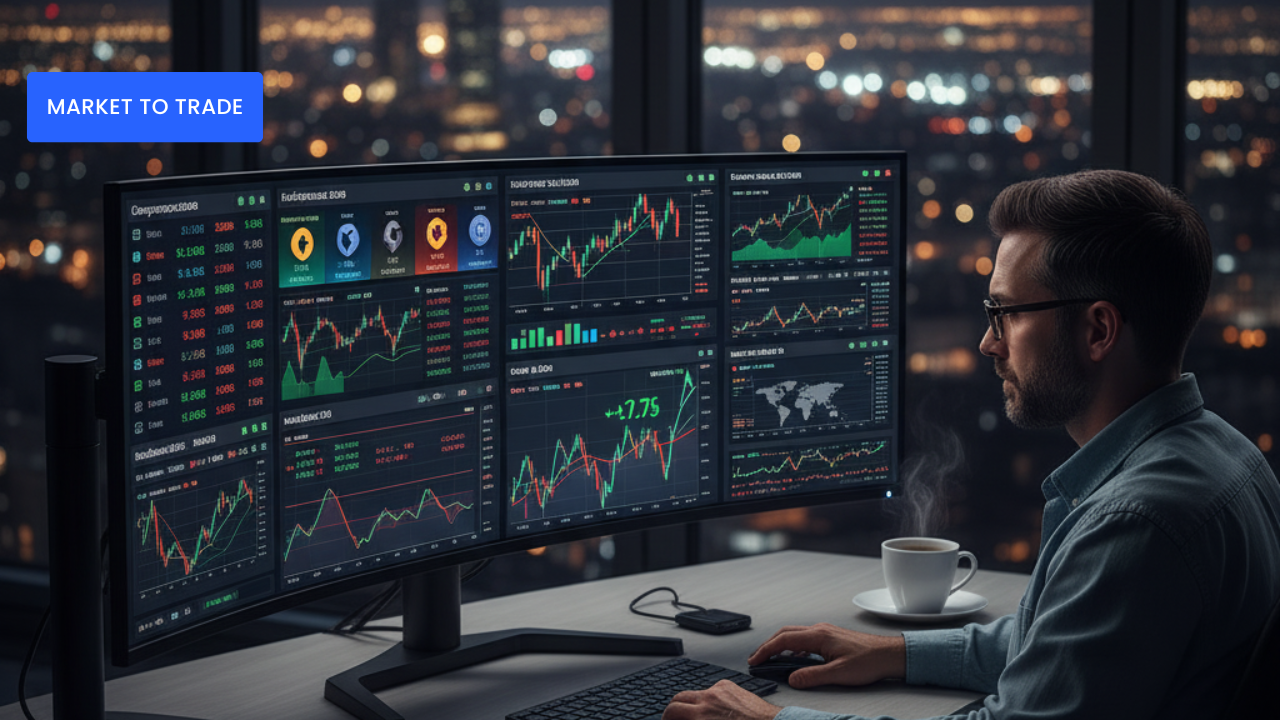How to Combine Forex, Stocks, and Commodities for Balance and Stability
In trading, balance is everything.
While focusing on one market helps you specialize, relying on it alone can expose you to unnecessary risk.
A multi-market portfolio blends different assets — like Forex, stocks, commodities, and indices — to create strength through diversification and correlation control.
At Holo Forex, we teach traders how to think like portfolio managers — building strategies that last through all market conditions, not just bull runs or lucky streaks.
1. Why a Multi-Market Portfolio Matters
Every market moves differently.
Currencies react to interest rates, stocks respond to company performance, and commodities shift with global supply and demand.
By combining them, you reduce dependence on any single factor.
Example:
If the USD weakens, gold prices may rise, and stock indices could benefit from cheaper exports — one market’s loss can be another’s gain.
2. Combining Forex, Stocks, and Commodities
The goal is to create a portfolio where assets complement, not compete, with each other.
| Market | Strength | Portfolio Role |
|---|---|---|
| Forex | Liquidity, leverage, global coverage | Short-term income & hedging |
| Stocks | Growth and dividends | Long-term wealth building |
| Commodities | Inflation hedge, tangible value | Protection and diversification |
| Indices | Broader exposure to economies | Stability and market direction |
Example:
A trader may hold EUR/USD, Gold, and S&P 500 CFDs — if currencies fluctuate, gold and indices can help stabilize performance.
3. Correlation-Based Portfolio Design
Understanding correlation helps you design a portfolio that minimizes risk without limiting potential.
| Correlation Type | Example | Effect |
|---|---|---|
| Positive | Oil ↔ CAD | Move in the same direction |
| Negative | USD ↔ Gold | Move in opposite directions |
| Neutral | Crypto ↔ Agriculture | Independent movement |
Pro Tip:
Avoid opening too many trades in correlated assets — if they all move together, you’re multiplying risk, not diversifying it.
4. Tracking and Measuring Performance
Building a portfolio is only half the work — managing it makes the difference.
Consistent tracking reveals which assets perform best and where adjustments are needed.
How to Track
✅ Use trading journals or performance dashboards.
✅ Review profits, drawdowns, and win rates by asset type.
✅ Identify which markets add stability and which add volatility.
Example:
If 70% of your gains come from commodities but most losses come from Forex, rebalance your exposure.
5. Rebalancing and Adapting Over Time
Market conditions constantly change — what worked six months ago may not fit today.
Rebalance Regularly
Monthly or Quarterly: Adjust weights to original targets.
After Big Events: Reevaluate after major interest rate changes or geopolitical shifts.
By Volatility: Reduce exposure to markets showing abnormal swings.
Pro Tip:
Rebalancing isn’t about chasing performance — it’s about maintaining discipline and structure.
6. Practical Steps to Build Your Portfolio
Choose Core Markets: Start with Forex, one stock index, and one commodity.
Analyze Correlations: Ensure assets move differently.
Allocate Capital: Decide how much to risk in each.
Monitor News and Data: Economic changes can shift correlations fast.
Review Monthly: Keep your strategy aligned with market conditions.
Example:
A trader might use 50% Forex, 30% commodities, and 20% stocks — rebalancing quarterly as volatility changes.
Key Takeaways
✅ Combining different markets creates balance and stability.
✅ Correlation is key — use inverse and neutral assets to reduce risk.
✅ Track performance to see which assets truly add value.
✅ Rebalance regularly to adapt to market changes.
✅ A multi-market portfolio builds resilience, not just returns.
Final Thoughts
A successful trader thinks beyond individual trades — they build a system that grows and adapts over time.
A multi-market portfolio allows you to trade confidently, knowing that no single event can knock you off balance.
At Holo Forex, we help traders evolve from short-term thinkers into long-term strategists — combining global insight with disciplined portfolio design.
Because in trading, balance isn’t just a goal — it’s your greatest advantage.


